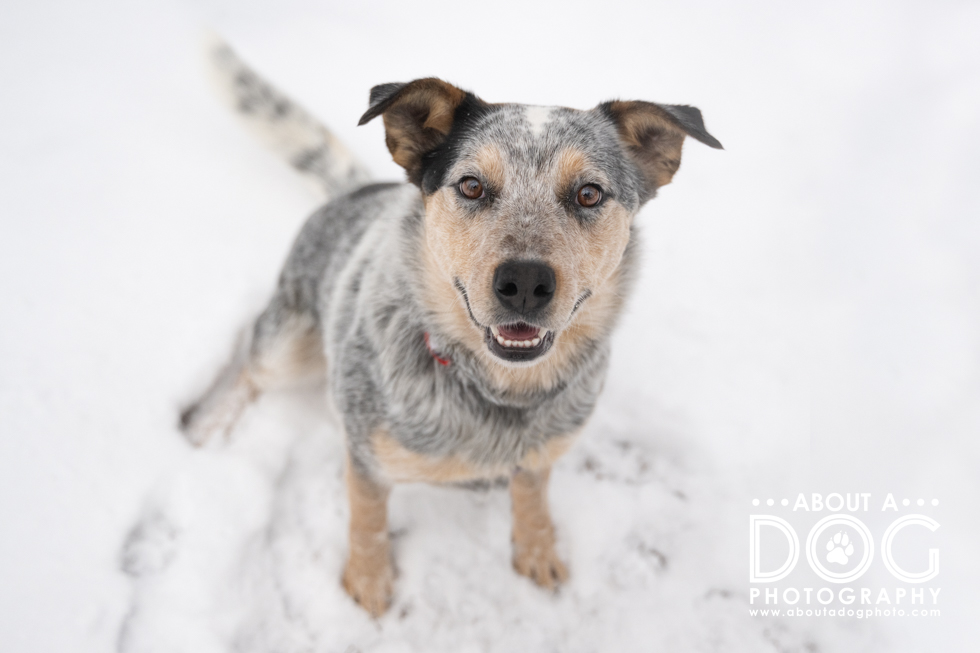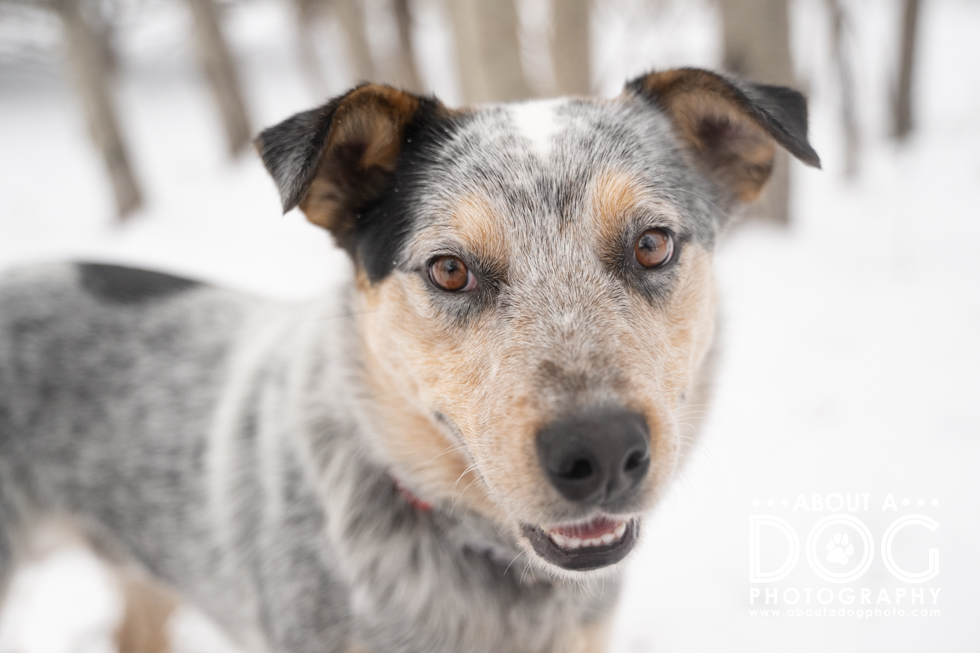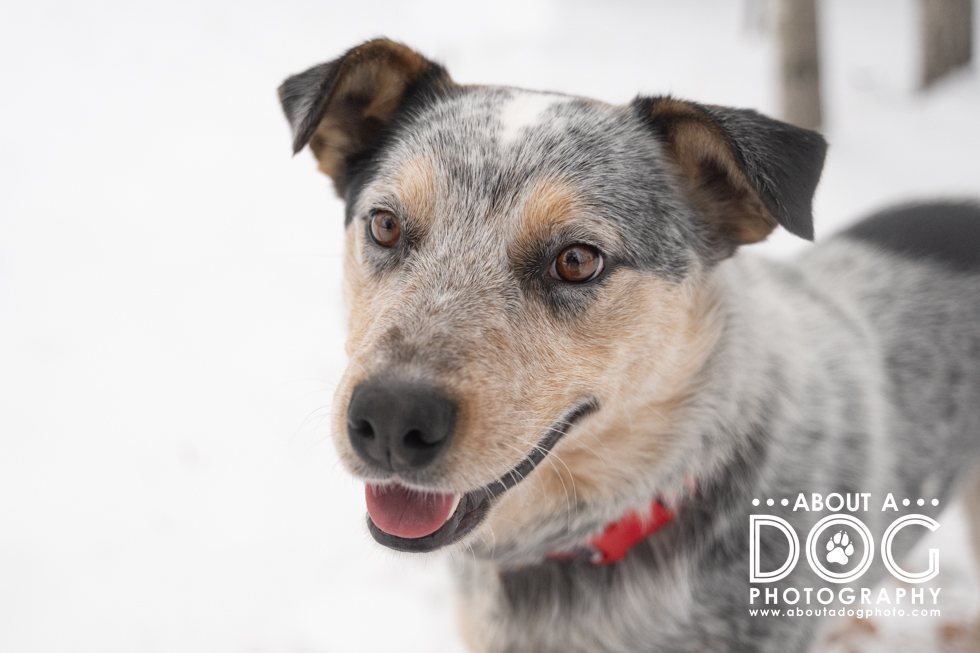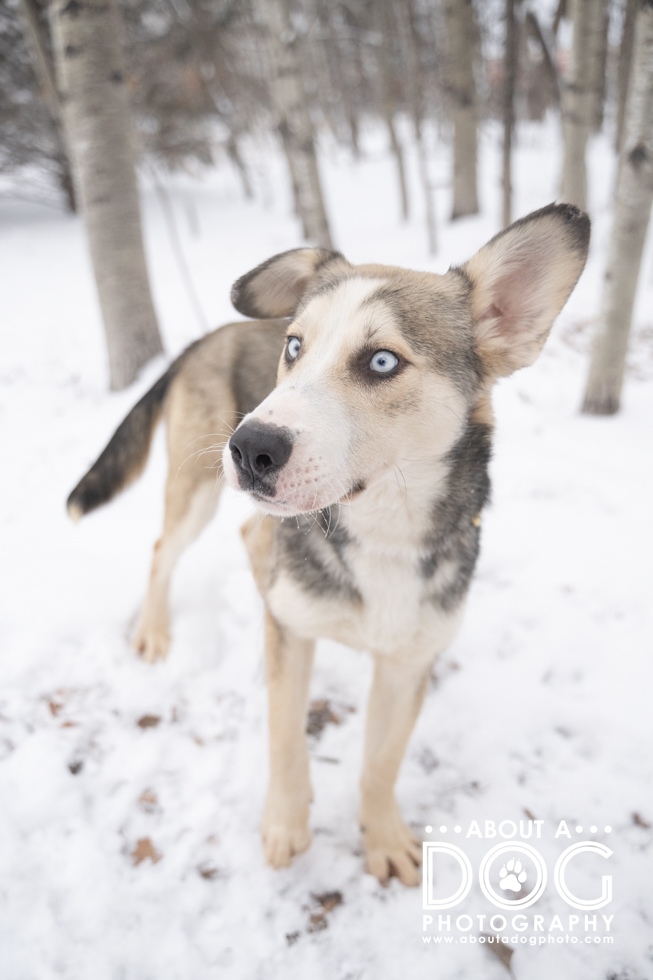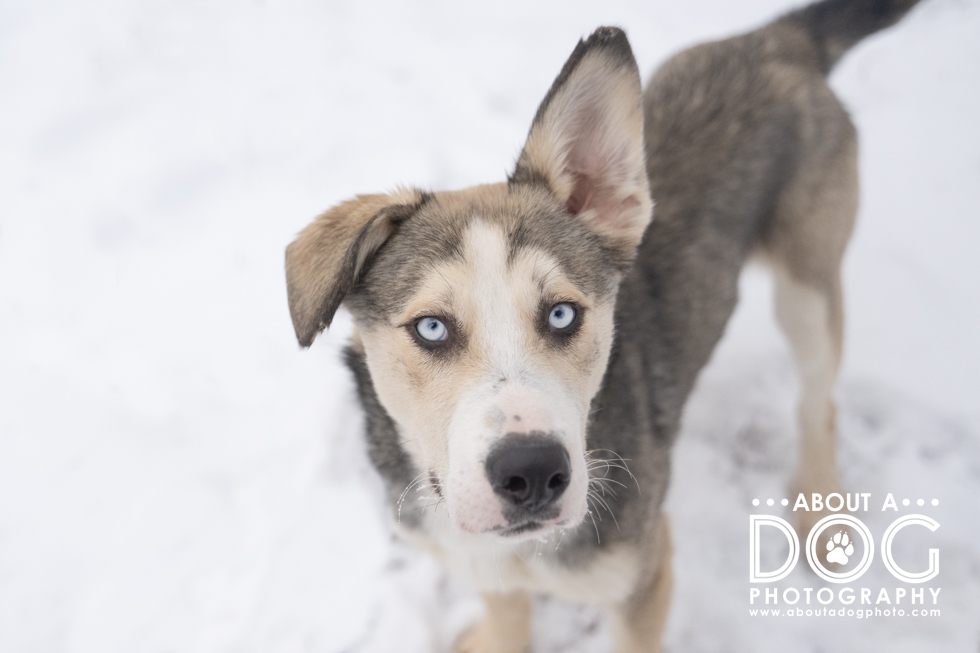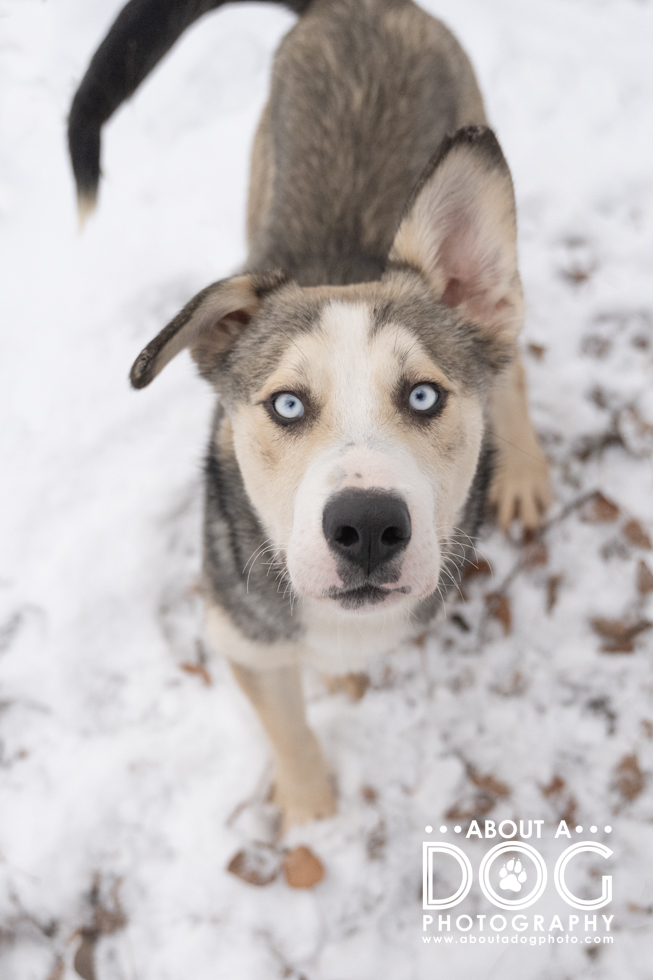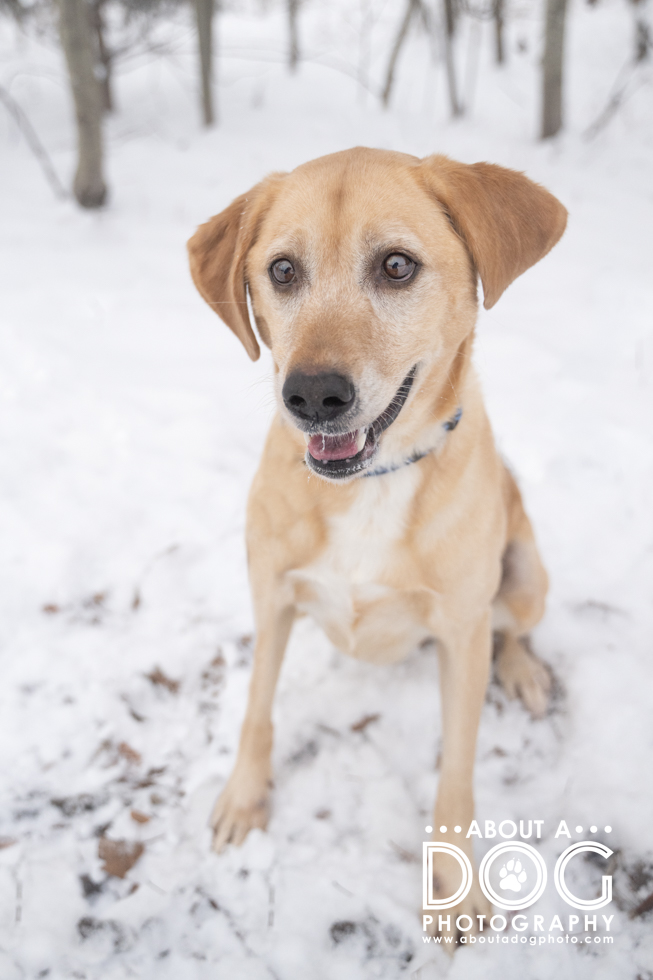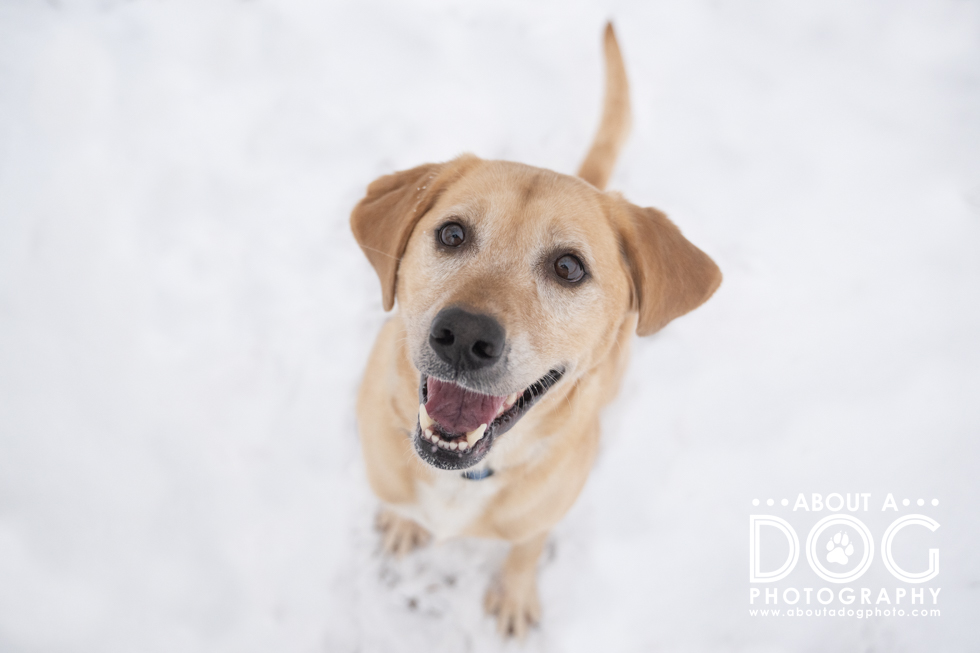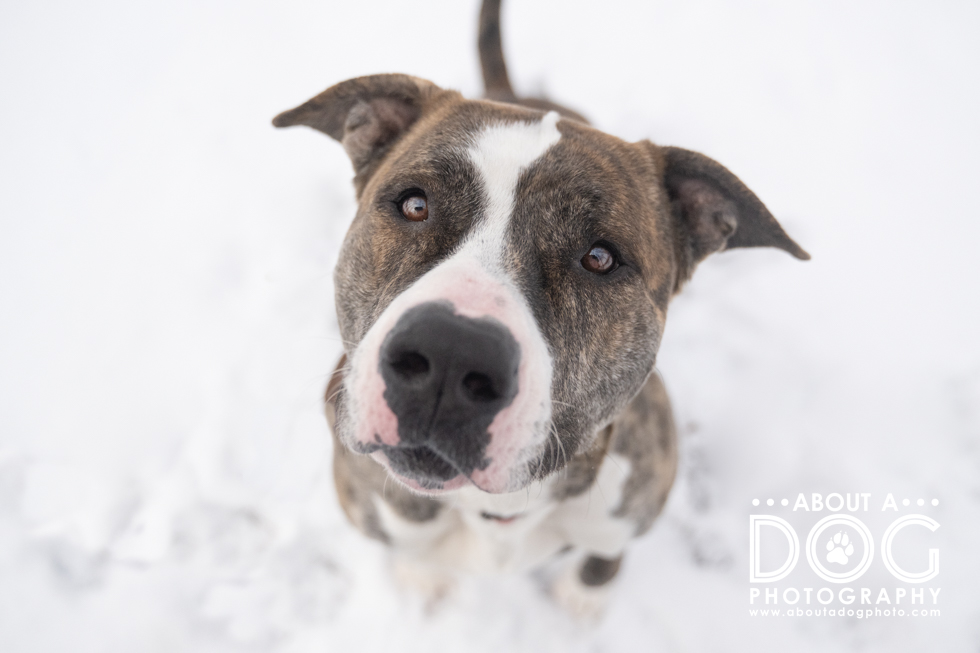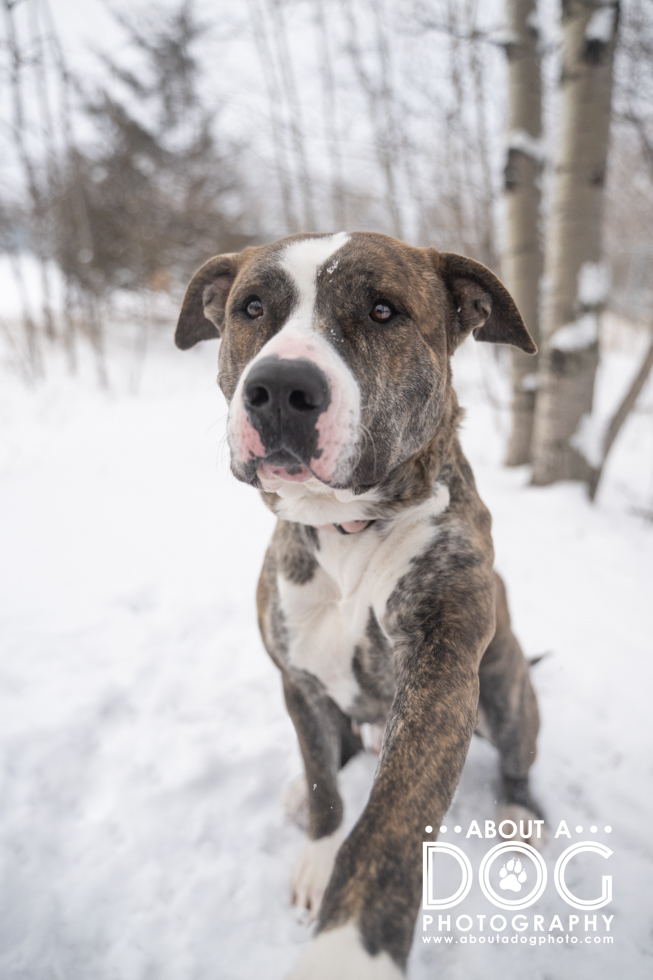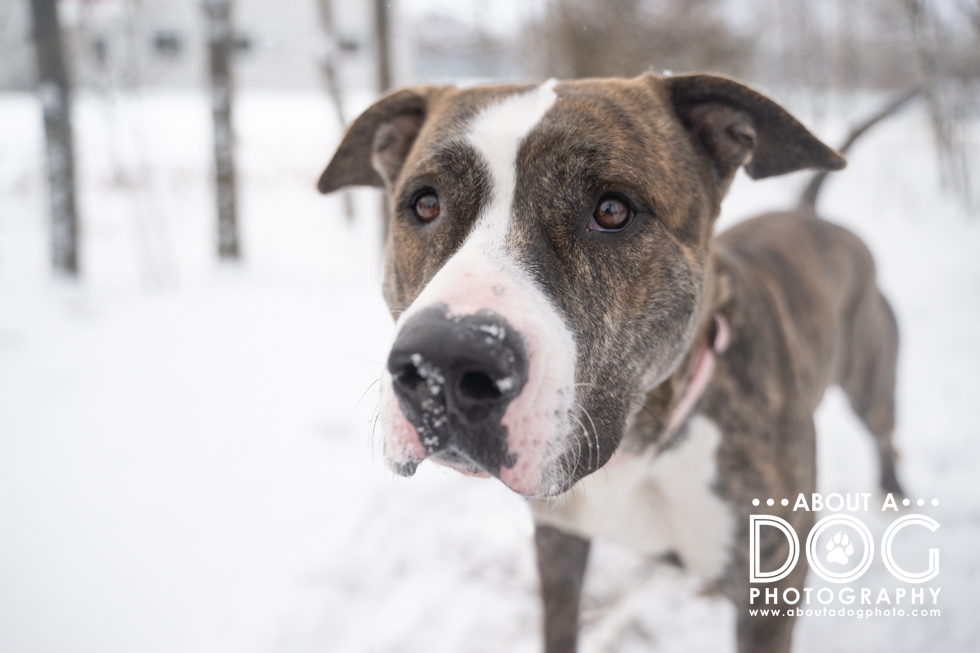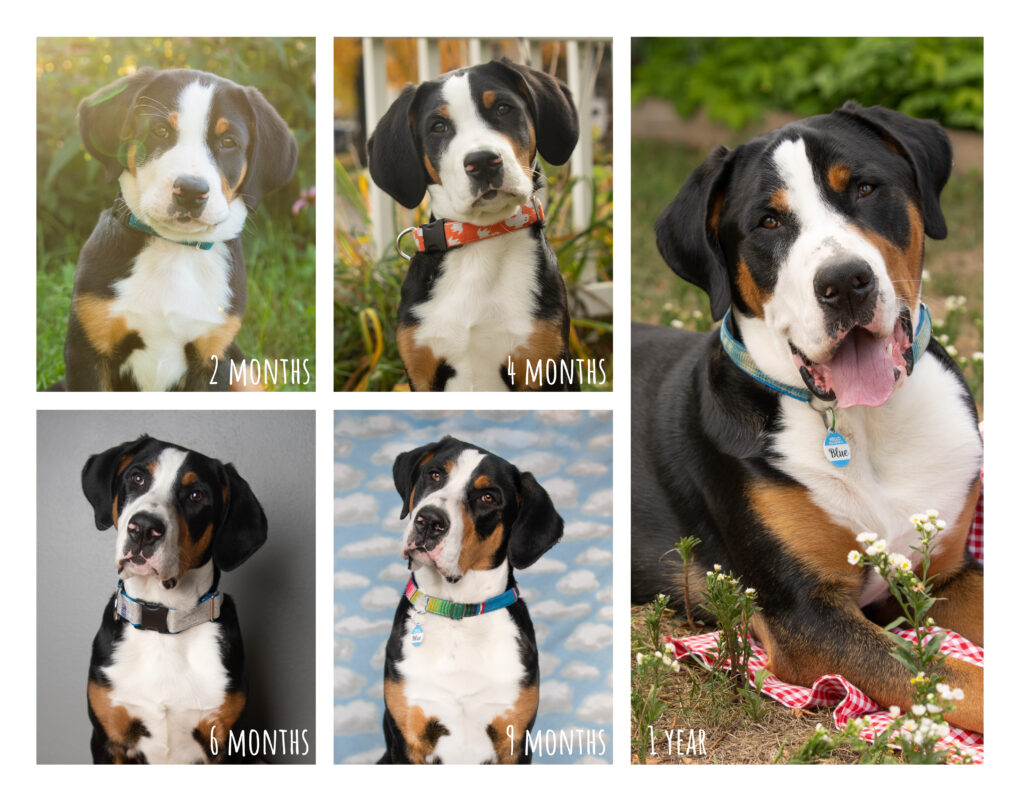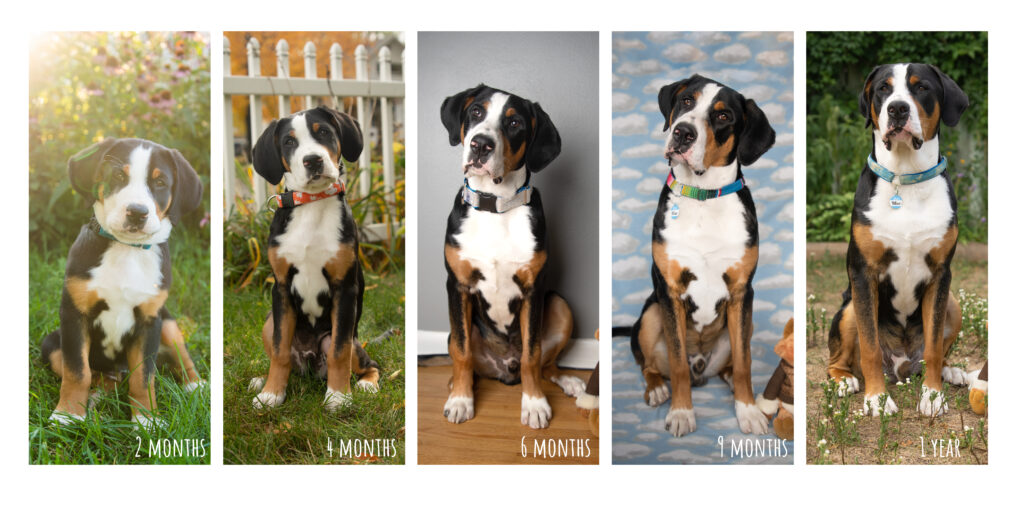The new year and upcoming things for dog photography!
Typically, I’m on the New Years carriage of resolutions, looking back on the old year, planning for the new year to come. This year I want to do it a little different (hence the multiple days into January we are currently at).
The past year has been foggy. Mentally I have been lofty, a bit blue, focused on all things (gardening, being outside, farting on my computer, etc) other than dog photography. Oh I’m still sewing with Atomic Collars, though the number of events I did last year was relatively low. Tired, low energy, unfocused in the right direction.
If I missed the emails you sent, I’m sorry. If the normal level of care & awesomeness I bring has been dull and low, I’m sorry. Mentally it wasn’t a great year which means I wasn’t the best version of me. I feel like I failed you and my business.
When is a better time to start fresh, then within the first month of the new year? To quote from the song Guerrilla Radio by Rage Against the Machine: “It has to start somewhere, it has to start sometime. What better place than here, what better time than now?”
PERSONAL:
- Vitamin D daily, or at least do my best to remember it every day.
- Walk more, outside when the weather doesn’t freeze my face off, inside at other times
- Bring Blue out to more places & work on his training & stranger danger
- Manage my weight better (better choices for intake – more veggies!)
- Wear more dresses & skirts, embracing my feminine vintage style more
- Less Fortnite play time (this is a massively bad habit of mine… play with me – VintageDonut)
- Manage energy & blues better
- Organize & declutter clothes, basement & collections
BUSINESS:
- Dogs of the North Shore > now Dog’s Guide to the North Shore!
- There are still LOADS of places to visit from Duluth to Grand Marais and I would love to have a plethora of pups to showcase the highlight areas – Gooseberry Falls, Split Rock, tons of various waterfalls. Black Beach & the Duluth lighthouse are taken but we have so many other places to explore! The goal is to create a guide book that features dog friendly places to visit, eat and explore, as a guide for dogs to do with their parents. Ideally this awesome book will be available at gift shops running from Duluth and up the shore!!!! If you would like to participate, email or text me!
- More dog photography!
- Shitty Weather Sessions / Garage Sessions are currently available! We can do clean classic backdrops, ample props or none, treat catching, holiday or seasonal themed, all in a warm cozy garage at my house in St. Cloud.
- Spring, summer & fall sessions can be in the garage or anywhere around Minnesota! (We can travel out of state too if you’d like! Mountains perhaps?)
- more PUPPY sessions!
- bringing my damn strobes outside for EPIC images!
- BLOGGING more & consistently! Dog tips, photography tips, cool training things to do with your dog, and anything assorted that pertains to dogs, photography and the pair combined. Goal is minimum 1 time a week, ideal 2 times a week.
- More consistency in responding to inquires and upping client interaction to be EPIC every time. (If you don’t hear from me via email, please call or text!)
- Sewing more for Atomic Collars (there are a bazillion neckties and pieces of fabric that need to be turned into awesome dog collars haha!)
It will be an AWESOME year to come. My mood, ideas and energy have been on an upward trend, a return to awesomeness. I’m mega mega excited for the Dog’s Guide to the North Shore and doing studio sessions. I appreciate all of you and the support you’ve given me. Let’s make this coming year EPIC together!
The new year and upcoming things for dog photography! Read More »

